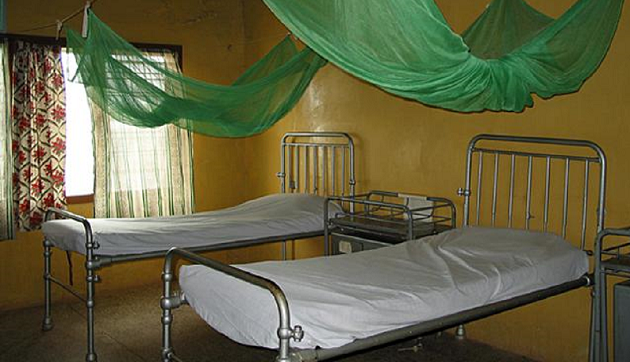
‘No-bed syndrome’ in our tertiary hospitals. The way forward
If you have had the experience of rushing a sick person or been referred to any of our public health referral facilities then you probably might have heard of this ‘no-bed syndrome’.
Advertisement
On a few occasions, I have had the unpleasant experience of referring emergency cases to a number of these referral hospitals only for the patients to come back with the explanation that there were no beds for them. The fact that they returned without any feedback notes suggests that they were not attended to at all. Some even died in transit in search of a place where they could access the necessary emergency care.
I think this is in sharp contrast to what was prevailing when I worked at the district. Here, there was this system in place whereby facilities were assessed on a yearly basis on their emergency preparedness during peer review exercise. The rule was that every district hospital was to put in place a mechanism to receive every emergency case, no matter the time of the day and who the person was, on a 24-hour basis.
Prior notice
Receiving prior notice of the arrival of such cases was beneficial but by no means a basis of rejecting or delaying those who did not call. All patients who arrived at the facilities were immediately stabilised and those requiring further management elsewhere were referred. Emergency beds were always ready. In a number of cases, including mass road traffic accidents, victims were attended to and even managed on the floor.
It appears this emergency preparedness does not apply to a number of our big referral hospitals as patients are turned away without any first aid and on the fragile excuse of ‘no bed’.
Is it to say that had there been a bed, there would be doctors and nurses to attend to the cases? Is it a case of bed availability or space availability? It sounds unclear and indeed confusing.
Solution
Health facilities which are often affected by this no-bed syndrome must take a cue from the emergency preparedness experience that exists in our district hospitals. They are also being reminded that it is part of their mandate to get prepared for all referred and emergency cases and devise a means to contain them even if it involves a little stabilisation and further referral.
If it is real congestion that they face, then immediate steps must be taken to reduce such congestion in order to accept emergency cases. Short-term measures include redirecting non-emergency and stabilised cases to the polyclinics and other smaller health facilities where vacancy exists in the catchment area.
Shuttle System
The shuttle transport system has been used in most advanced countries with good results. Under the system, a number of health facilities in the same vicinity are linked by a shuttle transport system whereby patients are transported from one health facility to the other to spread out attendance and also to address specific needs of patients.
The shuttle buses run at regular intervals between available facilities and are coordinated in a control room. While the ambulance system is used to transport emergency cases, the shuttle system is used to transport mainly outpatients from one health facility to the other.
In the past, some patients who visited these public referral facilities were simply told to access health care at nearby facilities to ease congestion. But the truth is that nobody will be willing to find and pay for another transport to visit another health facility once he has arrived there. But with this free transport system in place, coupled with the explanation that other equally qualified doctors are at the other side waiting to see them, almost all the patients will go.
Health facilities in a particular area may be selected on the basis that they are all linked, for example, to the National Health Insurance Scheme and for that matter patients may not incur any extra significant financial charges when they are moved from one facility to the other.
Smooth implementation
To ensure smooth implementation of the shuttle system with its attendant benefits, the government can set up the system on a pilot basis in selected areas and provide the initial resources. If successful, it can be extended to other areas and later privatised to ensure sustainability.
Facilities which are interested in the shuttle system, as this will ensure regular supply of patients or take excess workload to other areas, can apply to join the shuttle and possibly contribute to the sustainability of the programme.
No one can deny the important services that our major public health institutions are offering but I think it is bad enough for any health facility to turn away any emergency case on the basis of bed unavailability without first assessing the case and offering any first aid.
The writer is the Medical Director, Royal Medical Agency and Clinic. Email: [email protected]




